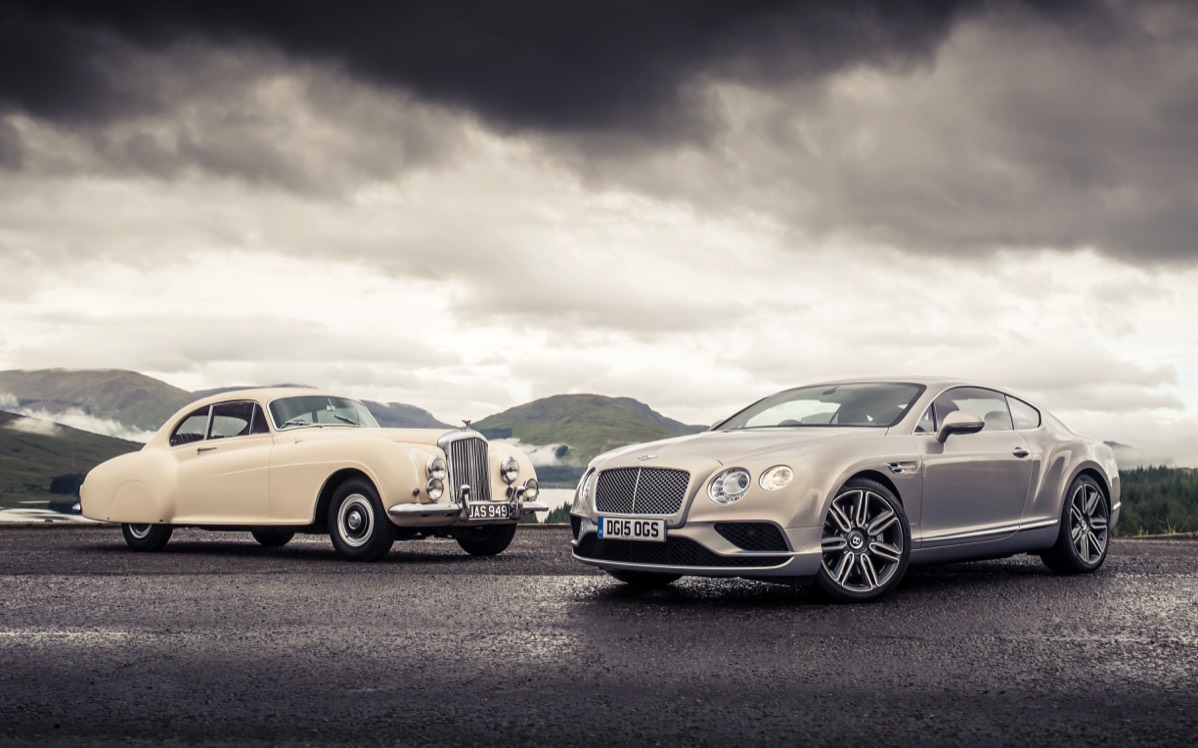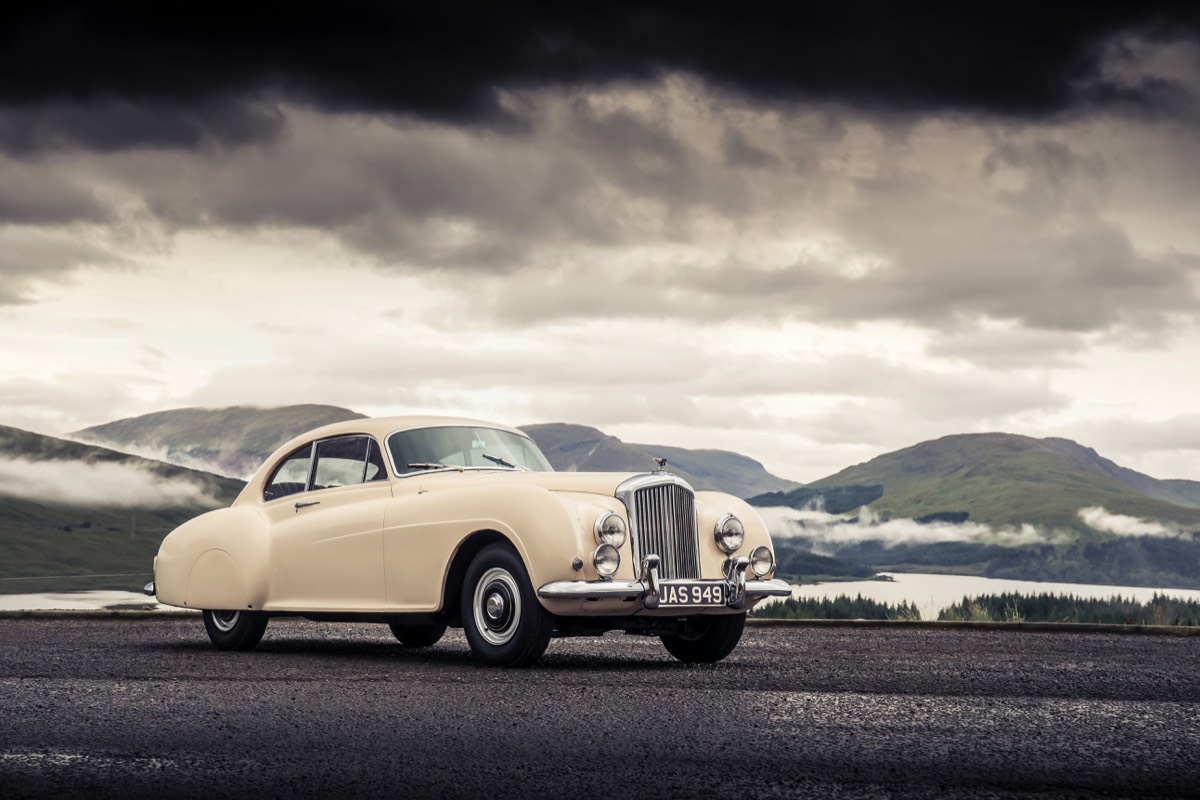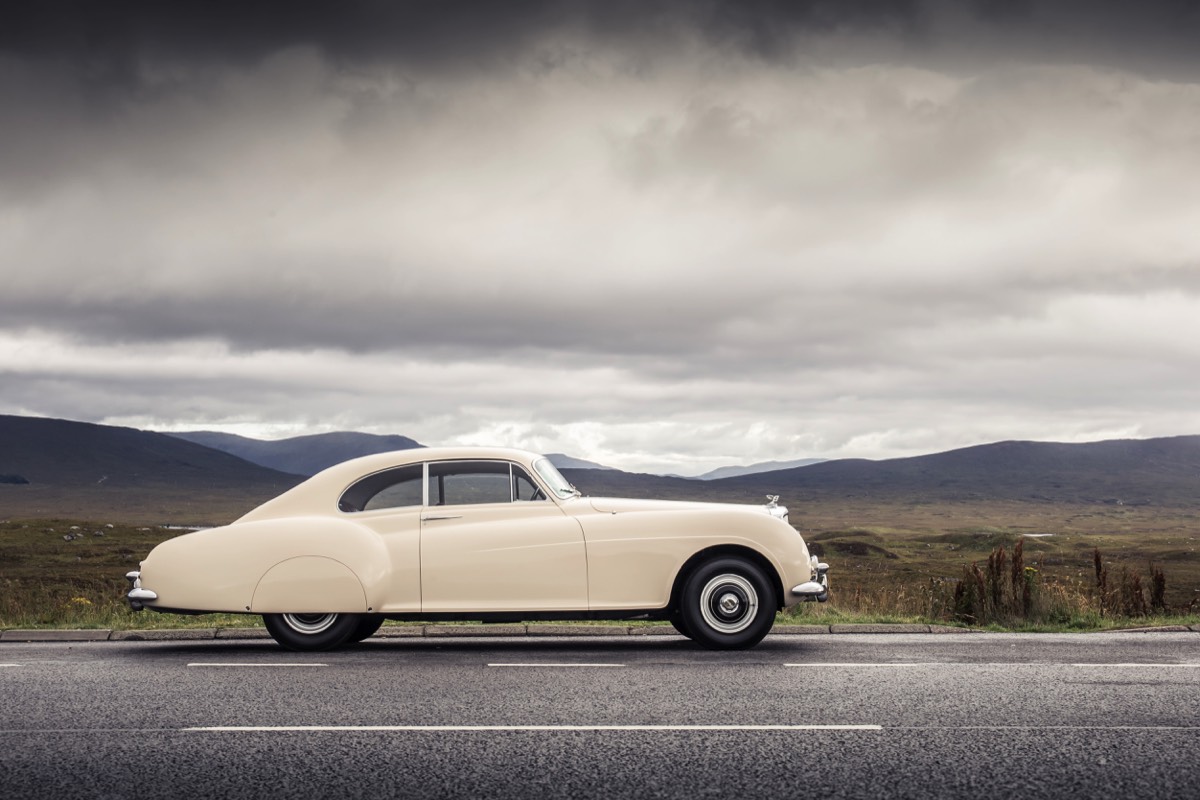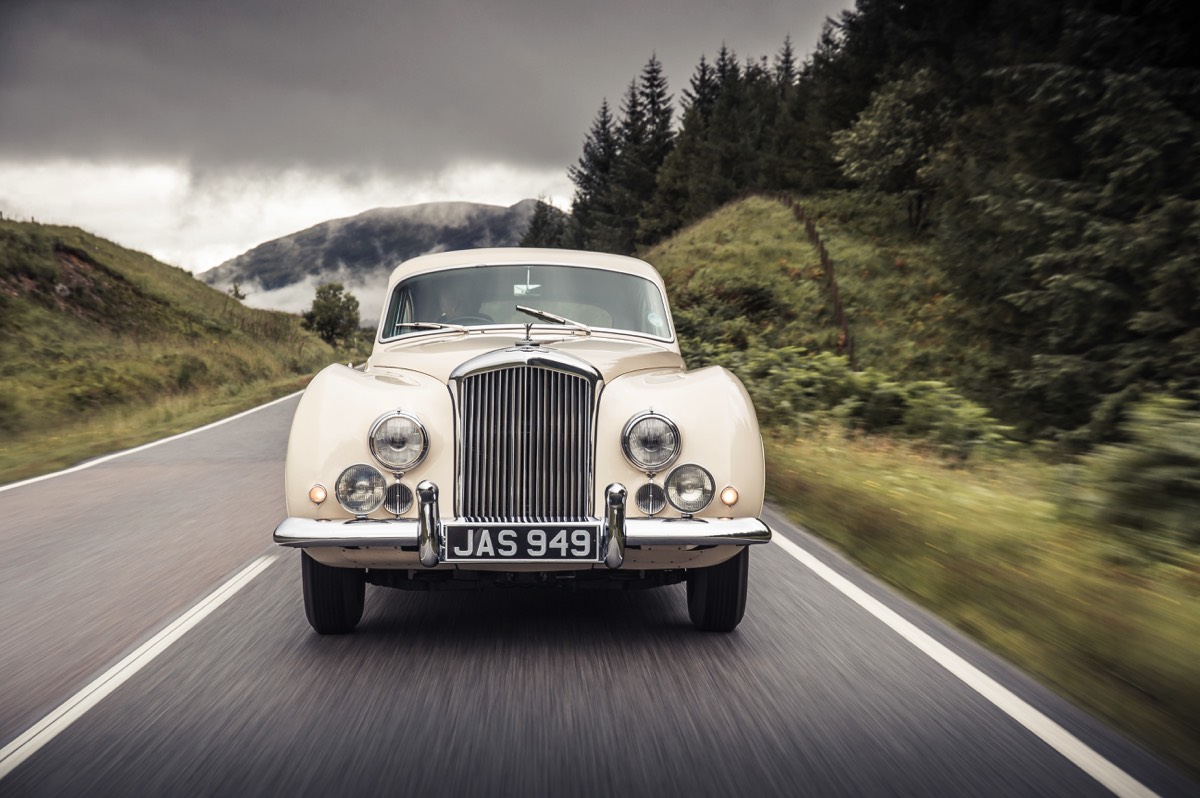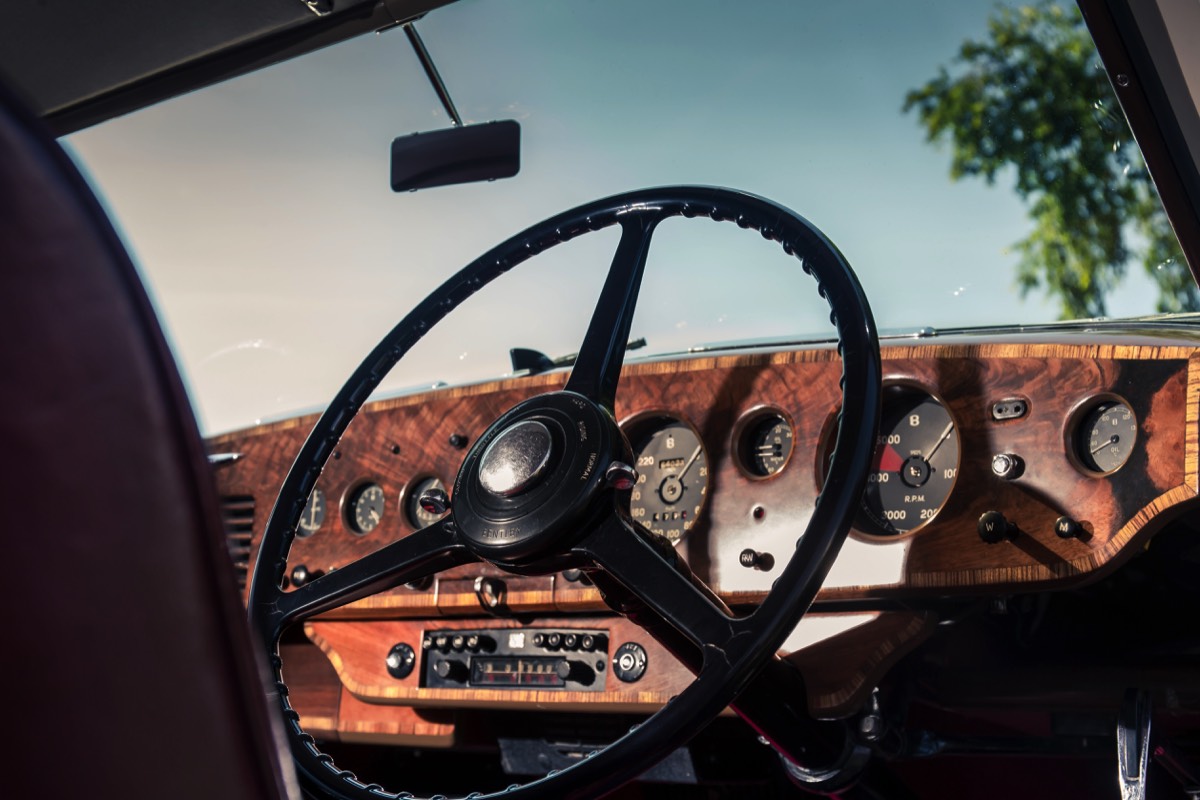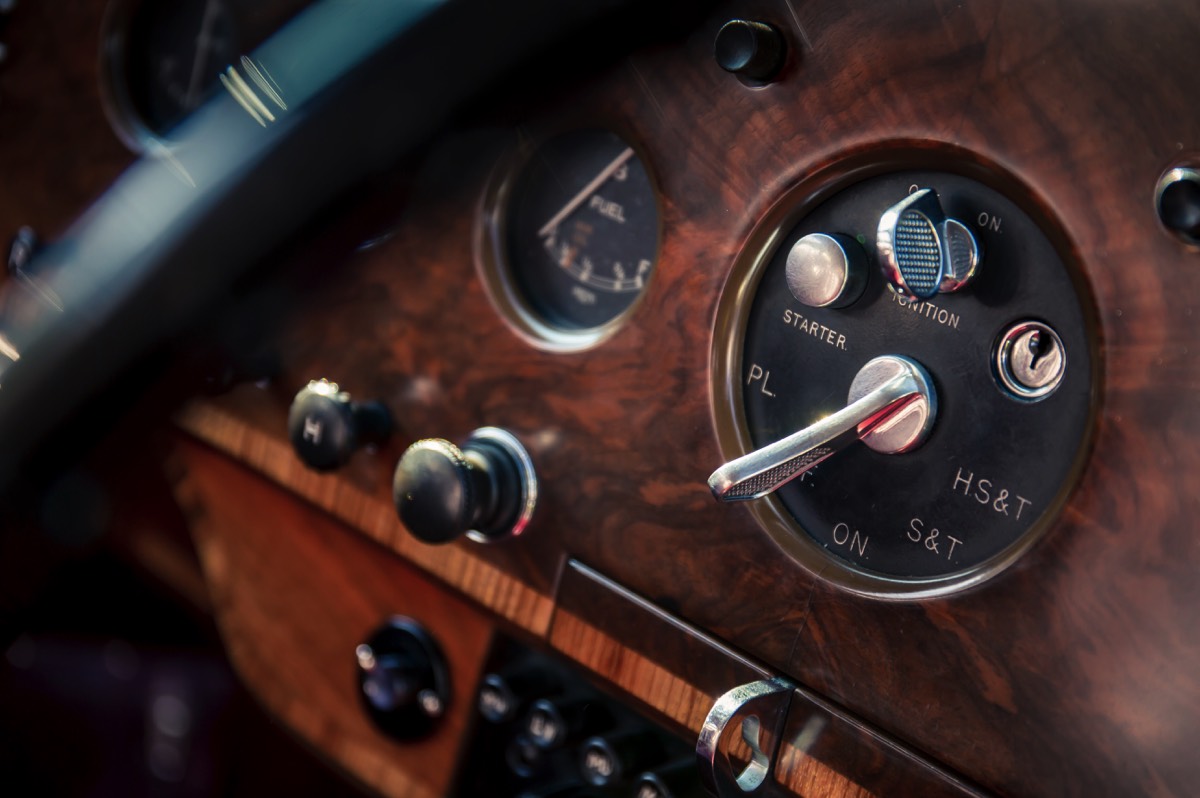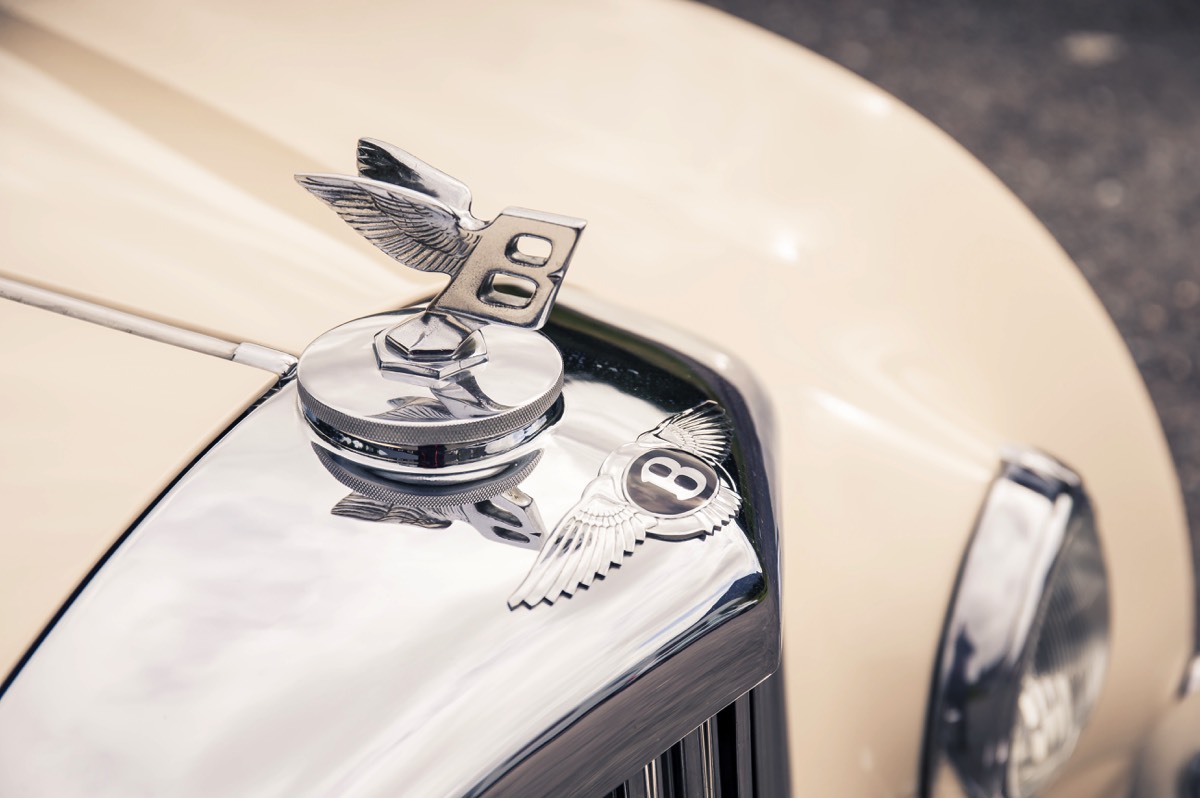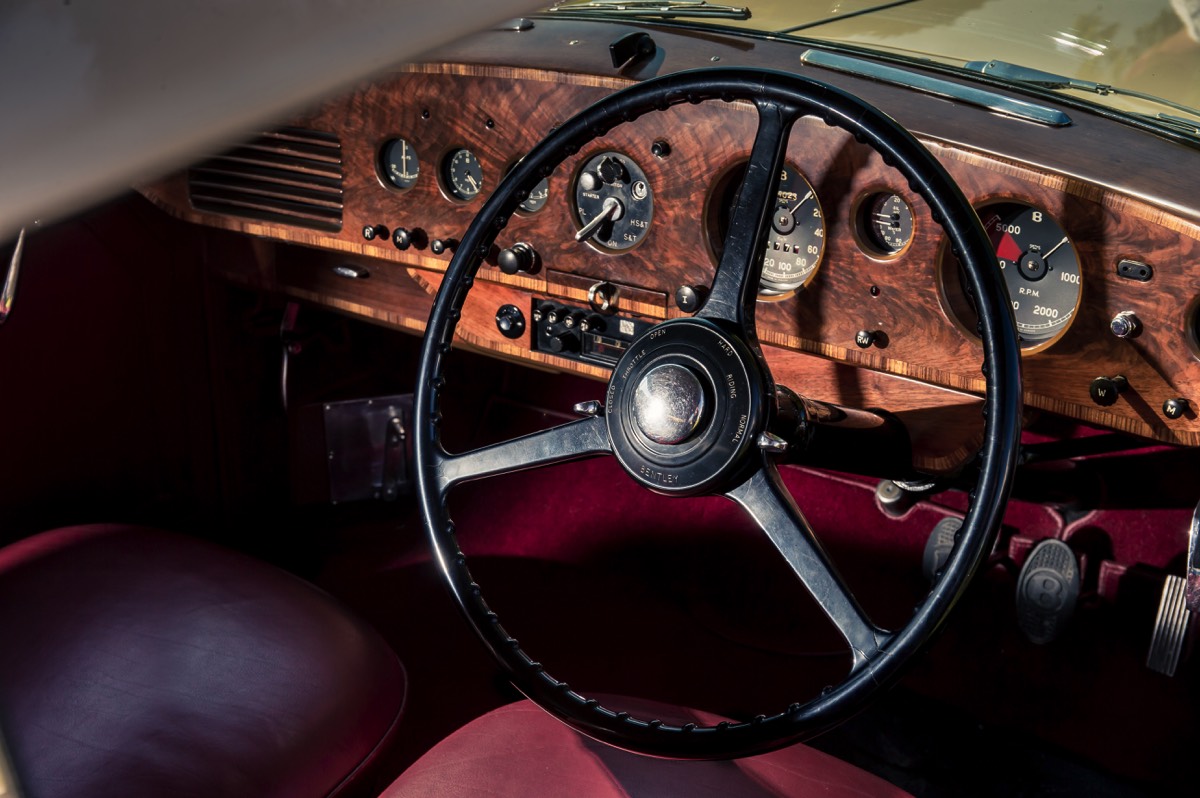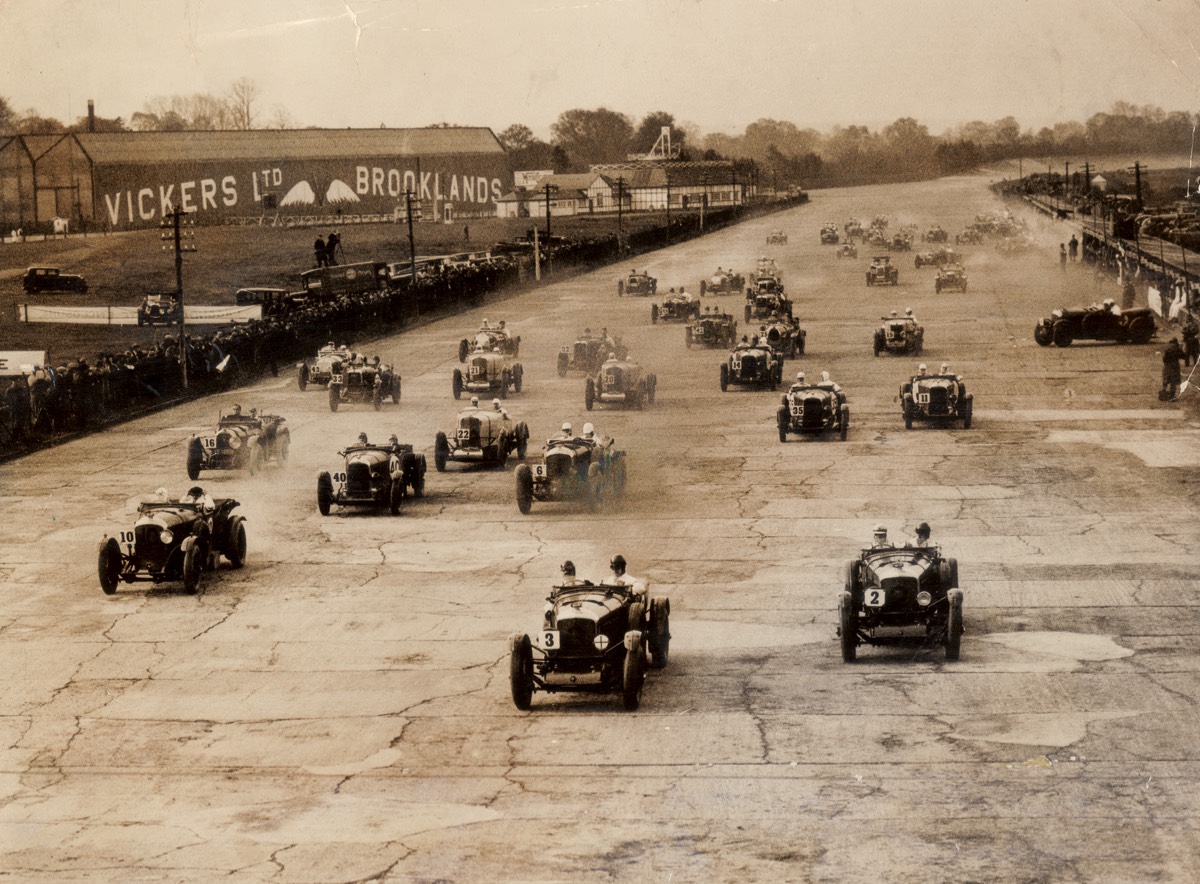MOTORING
Surrey’s Premier Lifestyle Magazine
Bent on Bentley
The Bentley Continental GT is one of the most iconic cars on the road today. The Continental name first entered the company’s lexicon in 1952 with the production of the R-Type Continental. Euan Johns takes a look back at the birth of a motoring icon, and arguably the world’s first Grand Tourer.
LOADING
Way back in 1952 cars that could hit a top speed of 115mph were uncommon to say the least. Cars that could cruise at 100mph with four occupants (plus luggage) were absolutely unheard of. Until Ivan Evernden’s brainchild the R Type Continental appeared. A mere 208were produced, but the R Type Continental created a template for
Bentley grand touring that has lasted for decades and like most design classics defied time itself. It was described by The Autocar as: “…a new stage in the evolution of the post-war Bentley” and as such the magnificent Continental sports saloon has been synonymous with effortless high speed cruising in the grand manner ever since. The car’s looks even inspired the design team working on the first Continental GT, fifty years on.
Pre-war, two coach built specials had shown what a Bentley of the future might be. Both the ‘Embiricos’ Bentley and the Corniche featured streamlined bodies and were capable of cruising at high speeds on the fast roads of the continent. One man who took careful note of these one-off creations was the company’s chief projects engineer, Ivan Evernden. Although a lifelong Rolls-Royce employee, he was inspired to reinvent Bentley for the post-war world and distance it from its cousin.
Evernden was assisted by John Blatchley, chief of the newly-created styling department at Crewe, who sketched a low, long and lithe body shape, with its radiator inclined backward from the vertical, a steeply raked windscreen, rear wheelspats and a fastback roofline. Fins were added to the rear wings to aid stability at high speed.
Bentley grand touring that has lasted for decades and like most design classics defied time itself. It was described by The Autocar as: “…a new stage in the evolution of the post-war Bentley” and as such the magnificent Continental sports saloon has been synonymous with effortless high speed cruising in the grand manner ever since. The car’s looks even inspired the design team working on the first Continental GT, fifty years on.
Pre-war, two coach built specials had shown what a Bentley of the future might be. Both the ‘Embiricos’ Bentley and the Corniche featured streamlined bodies and were capable of cruising at high speeds on the fast roads of the continent. One man who took careful note of these one-off creations was the company’s chief projects engineer, Ivan Evernden. Although a lifelong Rolls-Royce employee, he was inspired to reinvent Bentley for the post-war world and distance it from its cousin.
Evernden was assisted by John Blatchley, chief of the newly-created styling department at Crewe, who sketched a low, long and lithe body shape, with its radiator inclined backward from the vertical, a steeply raked windscreen, rear wheelspats and a fastback roofline. Fins were added to the rear wings to aid stability at high speed.
R Type Continental factfile
Inspired by the pre-war streamlined Embiricos and Corniche one-off coachbuilt Bentleys.Unofficial project by engineer Ivan Evernden to re-establish Bentley as a maker of high performance cars.
Design created by chief stylist John Blatchley and tested in a wind tunnel.
Built using aluminium to a target weight of 1,750kg: no tyre existed in 1950 which could sustain a heavier weight at more than 115mph.
Prototype OLG 490 was created by coachbuilders H.J. Mulliner: became known as ‘Olga’.
At Montlhéry in September 1951 ‘Olga’ averaged 118.75 mph over five laps, with a best lap speed just under 120mph.
Originally offered with a tuned, 4,566cc, six-cylinder in-line engine producing 153bhp. Later versions 4,887cc.
Total of 208 produced between 1952 and 1955 – 193 were bodied by H.J. Mulliner.
Cost in 1952 was £6,928 including UK purchase tax: almost fifteen times the UK average annual income.
Later production cars featured a lower roofline, a one-piece windscreen and revised wing line.
A quarter-scale model was made and tested in the company’s aero-engine division’s tunnel at Hucknall in Nottinghamshire. Evernden estimated that air speeds of up to 20mph were attainable. Evernden wrote in July 1962 that: “Much more could have been done…but the purpose of the exercise was to reduce the aero drag of a conventional car and not to make a space capsule for an astronaut.”
Using the R Type chassis as a base, Evernden and Blatchley designed a grand tourer in the Bentley tradition, using aerodynamics and lightweight aluminium construction to create a vehicle capable of running for long periods at high speed across continental Europe. It became an icon of its era, an era that had been up until that point dominated by post war rationing and austerity. This car looked the part, was extravagantly designed, beautifully crafted, fast and exclusive.
Mechanically, the standard 4,566cc, six-cylinder in-line engine was gently tuned, raising the power from 140 to 153bhp, with a higher final drive ratio to take advantage of the lighter, more aerodynamic body. The R-Type and its Rolls-Royce sister car, the ‘E’ Series Silver Dawn, were notable as the first Rolls-Royce products available with automatic transmission. The standard R-Type was a lively performer, achieving 106mph in silence and reaching 50mph from standstill in 10 seconds, despite a curb weight approaching two tons.
Coachbuilders H.J Mulliner were tasked with creating the new, streamlined Bentley coupé. In a pioneering move in its day and to save weight, the bodywork was made in aluminium, the window frames, windscreen surround and backlight too. Even the seat frames and bumpers were aluminium. Considered superfluous, the car didn’t have a radio to save weight.
Weight was the critical factor; tyres that could carry a two ton motor car at speeds of over 115mph didn’t exist in 1950. Evernden calculated that the new grand tourer would have to weigh a maximum of 34 cwt (around 1,750 kilograms). This combination of weight and speed was right on the limit for the specified Dunlop Medium Distance Track tyres.
LOADING
All the hard work and planning paid off and was rewarded when in September 1951 at the Montlhéry track near Paris, the sleek new Bentley averaged 118.75mph over five laps, with a best lap speed just under 120mph.
Up to this point, the prototype – OLG 490, nicknamed Olga – was a semi-official project. Some on the board of directors felt it was ‘too sporty’ for a company that also made Rolls-Royce limousines. But with the help of supporters within the company and its overseas dealerships, Evernden persuaded the board that a market existed for a coachbuilt Bentley grand tourer. He was proved right, orders came in from all over the world.
The Continental's performance figures would have been considered excellent for an out-and-out sports car, but for a full four/five seater saloon, they were exceptional: a top speed of 120mph, 100mph achievable in third gear, 50mph reached in a little over nine seconds and effortless cruising at the ‘ton’. It was initially only built for export, and once delivery charges and local taxes had been paid, almost certainly the most expensive car in the world, as well as the fastest capable of carrying four adults and their luggage. The astonishing price of £6,928 (including UK purchase tax) can be compared to the average annual salary in 1952 of £468, and average house price of £1,891.
Many owners specified extras which had an impact upon the weight of some models produced during the R Type Continental’s three years of production. A bigger bore engine was made to maintain performance, with a practical top speed of around 115mph and easy cruising at 100mph. Later production cars also differed from ‘Olga’ in having a lower roofline, a one-piece windscreen and revised wing line.
By the time production ceased in 1955, of the 208 R Type Continentals built, all but 15 of them were bodied by H.J. Mulliner.
Accolades followed the launch of the R Type Continental. The Autocar magazine summed up its appeal: “Whatever memorable motoring experiences one may have had, this was something different…this Bentley is a modern magic carpet which annihilates great distances and delivers the occupants well-nigh as fresh as when they started.”
Today’s Continental elegantly maintains and fulfills the same grand touring brief as its forebear. It now has more power of course and a top speed of 206 mph. With its unsurpassed ability to cross continents in total comfort, the Continental GT Speed is an extraordinary car.
Up to this point, the prototype – OLG 490, nicknamed Olga – was a semi-official project. Some on the board of directors felt it was ‘too sporty’ for a company that also made Rolls-Royce limousines. But with the help of supporters within the company and its overseas dealerships, Evernden persuaded the board that a market existed for a coachbuilt Bentley grand tourer. He was proved right, orders came in from all over the world.
The Continental's performance figures would have been considered excellent for an out-and-out sports car, but for a full four/five seater saloon, they were exceptional: a top speed of 120mph, 100mph achievable in third gear, 50mph reached in a little over nine seconds and effortless cruising at the ‘ton’. It was initially only built for export, and once delivery charges and local taxes had been paid, almost certainly the most expensive car in the world, as well as the fastest capable of carrying four adults and their luggage. The astonishing price of £6,928 (including UK purchase tax) can be compared to the average annual salary in 1952 of £468, and average house price of £1,891.
Many owners specified extras which had an impact upon the weight of some models produced during the R Type Continental’s three years of production. A bigger bore engine was made to maintain performance, with a practical top speed of around 115mph and easy cruising at 100mph. Later production cars also differed from ‘Olga’ in having a lower roofline, a one-piece windscreen and revised wing line.
By the time production ceased in 1955, of the 208 R Type Continentals built, all but 15 of them were bodied by H.J. Mulliner.
Accolades followed the launch of the R Type Continental. The Autocar magazine summed up its appeal: “Whatever memorable motoring experiences one may have had, this was something different…this Bentley is a modern magic carpet which annihilates great distances and delivers the occupants well-nigh as fresh as when they started.”
Today’s Continental elegantly maintains and fulfills the same grand touring brief as its forebear. It now has more power of course and a top speed of 206 mph. With its unsurpassed ability to cross continents in total comfort, the Continental GT Speed is an extraordinary car.
essence info
Website: www.bentleymotors.comWith just three strokes of the designer’s pen, the shape of the Continental comes to life – the striking power line, muscular rear haunches and swooping fast roof line. These three elegant styling cues have remained a fundamental part of the Continental DNA over six decades.
Extract from Bentley Continental: Evolution of an Icon
